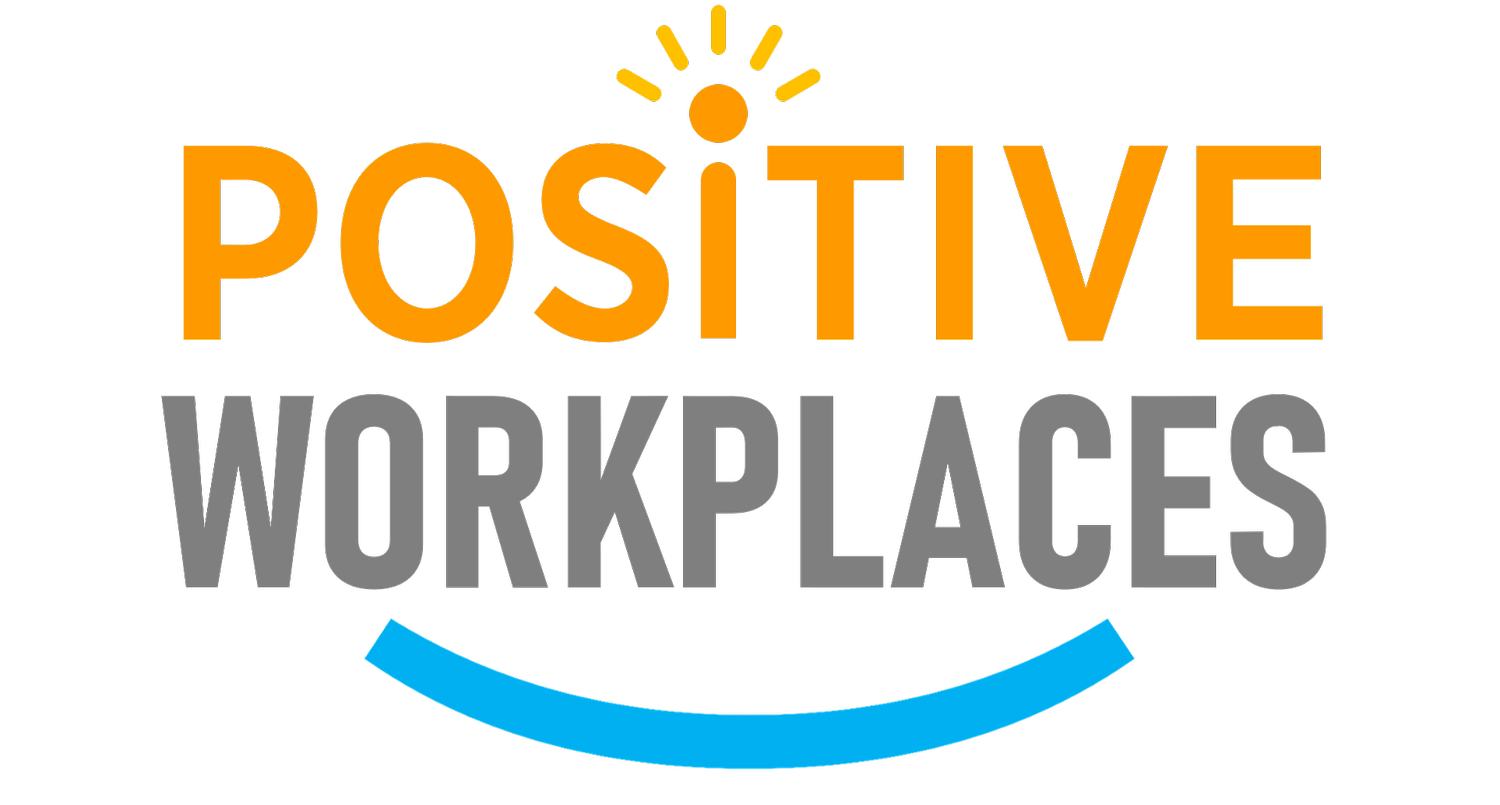Coloring Within the Lines: Finding Meaning through Boundaries
By: Kiara Florencia Rodriguez
I struggle to keep my attention on the things that I do. A phone notification can jostle me out of a work bubble and 45 minutes later I would find myself on Facebook with no idea why I even opened my phone in the first place. That is why I relied on spaces to help me focus.
My environment drew the line between work and play. I studied in the library well after class hours on a regular basis. On days I needed to work after the library closed, I did it in a study hall. As much as possible, I avoided doing those things in my room because I wanted it to be a sanctuary from stress about school and work.
It worked for me; the physical boundaries served as the foundation for mental boundaries. When I was in the library I found myself easily being able to focus on my tasks, and in the dorm room, I had the time to watch shows, to religiously follow a skincare routine, and to just re-energize for the following day’s battle. I never fully appreciated this until I was forced to move back home due to the Covid-19 pandemic.
Blurred Lines
The lockdown robbed me of these spaces. Suddenly I found myself trapped within the same four walls - a classroom, bedroom, and a library at the same time. Like many, I did not have the luxury of separating my spaces for work and rest within my home, and once again I struggled.
Having the roots of my mental boundaries ripped out, I found myself working well until the sun has risen more often than I did before. Even as I lied down to rest, I found my thoughts wandering to the next day’s tasks. I became anxious after accomplishing the day’s tasks feeling as if I had forgotten something - as if I should be doing something else.
I was guilty of putting too much on my to-do lists that it became impossible to tick everything off in a single day. Eventually, it came to a point where everything I did - even the things I used to find joy in doing - was reduced to that - a checkbox to tick off on my list. I was increasingly unmotivated to work, to engage in activities, to do anything even. Put simply; I was burnt out.
Reinforcing Boundaries
I overcame it through the realization that there is only really so much that I can do. I could not go on the way that I did and so I made changes. Since I could not physically change my environment, I turned my attention to something I could control - my use of time. Using the time-blocking method, I divided my day among different activities like studying, org-work, internship activities, and even relaxation periods. That way I avoided working past midnight. I also stopped entertaining non-urgent work messages past dinner time and agreeing to Sunday meetings. Being transparent with these boundaries, I was also able to improve my relationship with the people in my life.
For one, expectations were managed. The people I collaborate with on projects do not wonder if I’m avoiding them if I fail to respond at night or on Sundays. My parents understand that I do my housework at night or early in the morning. On my end, it helped eliminate the guilt of not responding to messages instantaneously and of not being able to help out all the time at home. More importantly, I was able to be more fully present in the things that I did.
The temporal boundaries allowed me to set mental boundaries once more. Only one thing was done at a time. During class and meetings, I gave my full attention to the discussion. On the weekends, I avoided my phone to focus on the people I live with as we watched movies together or baked cookies on Sunday afternoons. Multi-tasking, something that was a norm for me, essentially became obsolete in my life.
A constant effort
The thing about boundaries, they are not absolute. As the person who drew those lines, I had the autonomy to step over them. There are still nights where I would be working into the wee hours of the morning but they are rare and I never force myself to continue working once I felt I was tired. My attention still breaks when I get a notification. Though instead of giving in to it, I park the thought, briefly write down what I need to do, and get back to it after I finish the task at hand. Even as I went over the lines I drew myself, I knew how far I had gone.
If I had to choose the biggest impact that drawing boundaries had on my life, it would be that I became more mindful of my limits. At a time when little physical boundaries mark the different aspects of our life, it has become more important for us to be more intentional with separating these ourselves. Because I had temporal boundaries, I became more focused on the things that I do, more present in the life that I live, and more fulfilled by it all. No longer am I a slave to the to-do list desperately chasing after the next checkbox to tick. I am a person well-aware of my limits, transparent enough with the people in my life to translate these into boundaries.
Ready to start your journey towards work-life balance? Download our FREE work-life balance worksheet here!










